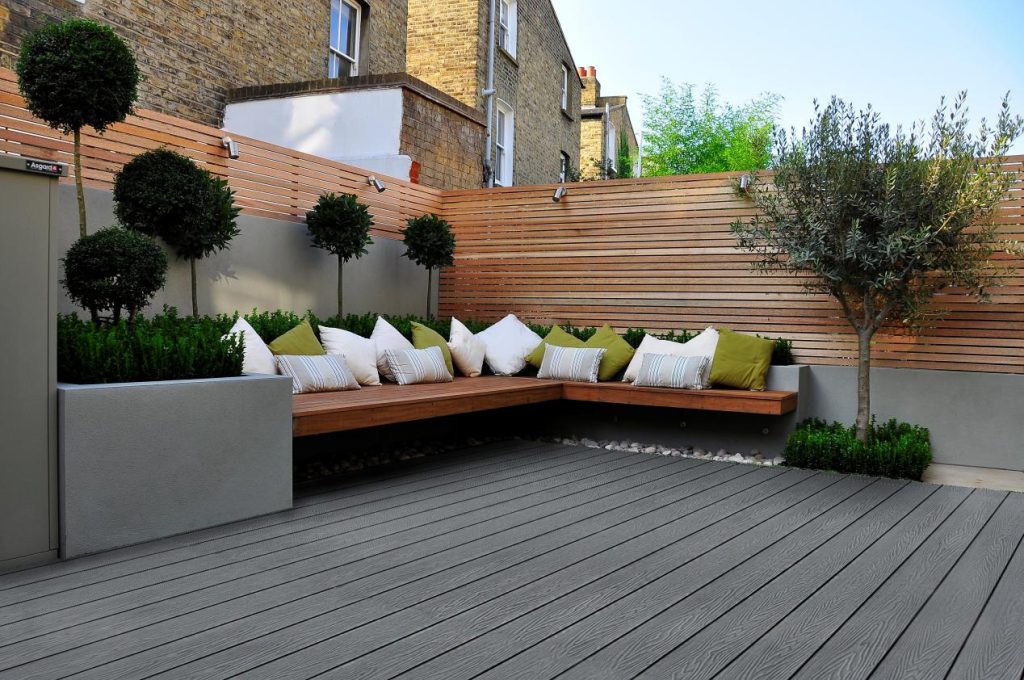Wood-plastic composites (WPC) are composite materials that are filled with thermoplastic plastics with plant fibers and processed through extrusion. At present, it has different names at home and abroad. It is also called plastic wood, environmentally friendly wood, technological wood, recycled wood, polymer wood, etc.
picture
WPC has many obvious advantages: compared with corresponding plastics, WPC has better tensile strength, tensile modulus, hardness, bending properties and creep resistance, as well as a more natural appearance; compared with wood, WPC It has better dimensional stability, water resistance, maintenance and processing performance; it has certain biodegradability and recyclability, and is environmentally friendly; it can use a large amount of waste plastics and wood powder, straw, rice bran and other agricultural and forestry materials Waste, low cost, and can reduce white pollution.
At present, PE, PP, PVC, PS and PUR-based wood-plastic foam composite materials have been produced. Among them, PVC-based wood-plastic foam composite materials have strong chemical stability, high strength, acid and alkali corrosion resistance, and water immersion resistance. , flame retardant and low cost, it has been widely used. The typical wood-plastic composite production process uses thermal stirring technology to fully mix wood fibers and thermoplastics, and then extrusion, lamination, molding, or injection molding to form wood-plastic composites.
Wood-plastic composite materials not only have the ease of molding of thermoplastics, but also have secondary processing properties similar to wood, such as being able to be cut, bonded, and painted. They are also insect-resistant, aging-resistant, have low water absorption, and are repeatable. Due to its advantages, it is widely used in various fields.

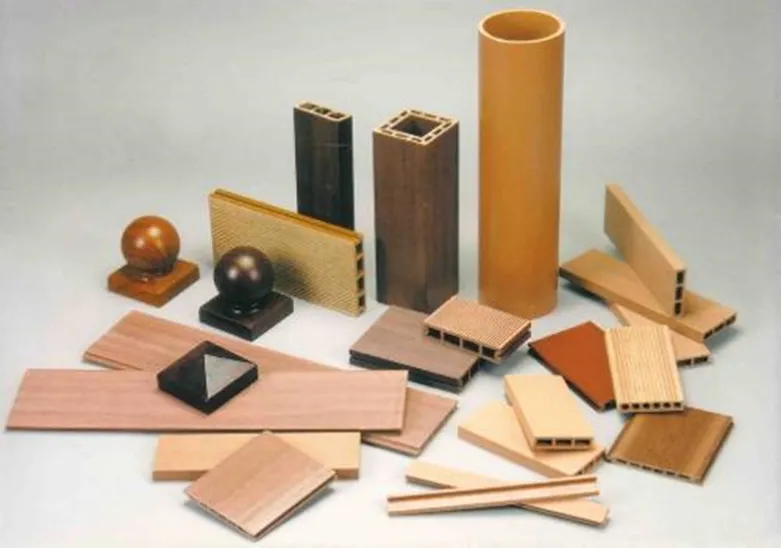
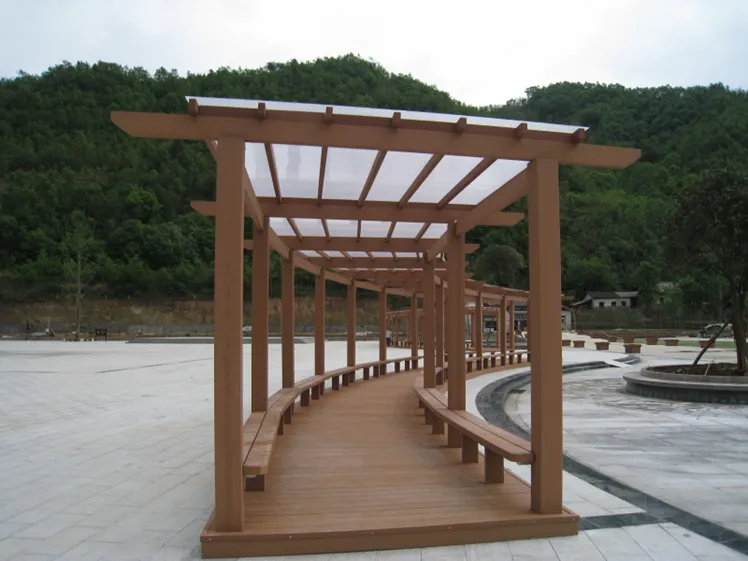
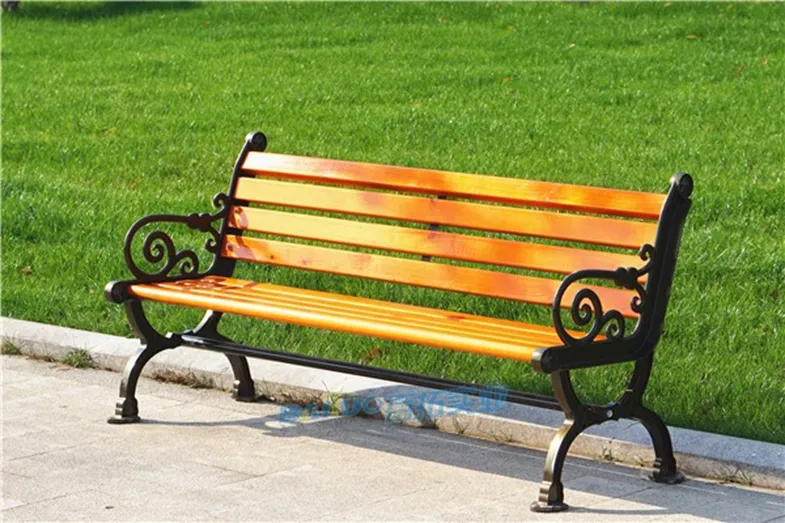
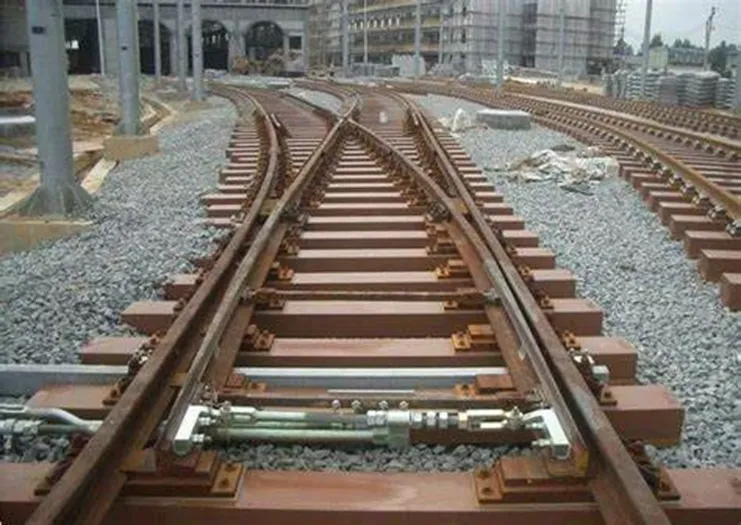
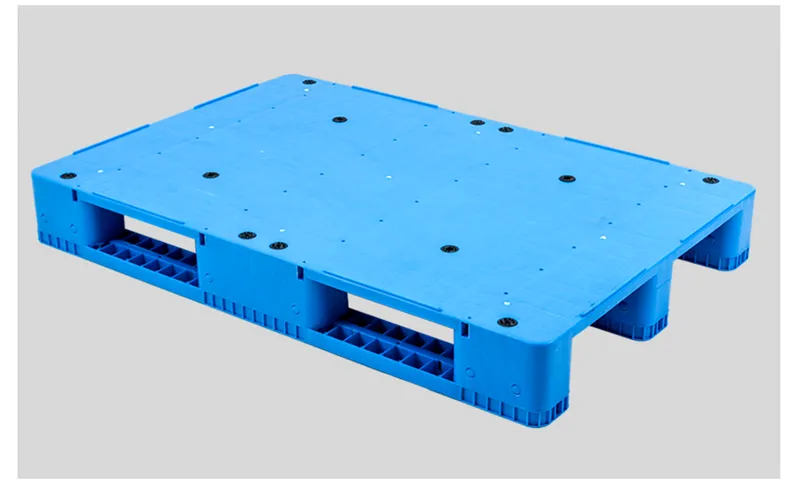

- Packaging industry
The most widely used product of wood-plastic composite materials in the world is pallets. In recent years, China’s pallet market has generally been on an upward development trend. The annual output of pallets is about 300 million pieces, and the market holdings of pallets have reached about 1.45 billion pieces.
picture - Railway sleepers
At present, wood-plastic composite railway sleepers are not used in large quantities due to their high cost, but they are promising. How to further reduce costs has become the key to popularizing applications.
picture - Construction industry
Wood-plastic composite materials are mainly used in the construction industry as corridor panels, window and door panels, concrete cement formwork, etc. Among them, corridor panels are developing the fastest. Although this type of corridor board is more expensive than pressure-treated lumber, it does not require much maintenance, is not prone to cracking, and has good environmental friendliness. Building doors and windows are another important application area. Wood-plastic profiles are superior to traditional building materials in terms of thermal insulation, anti-corrosion, and decoration.
picture - Garden courtyard
In garden courtyards, it is mainly used to manufacture outdoor tables and chairs, courtyard handrails and decorative panels, open-air floors, waste bins, etc.
picture - Automobile interior decoration parts
In terms of interior decoration of automobiles, wood-plastic composite materials are used as base materials for decorative parts of famous brand cars such as Ford, Mercedes-Benz, Audi, BMW, Toyota, Citroen, and Volvo. Judging from the car and other parts products launched at recent international auto expos, the use of wood-plastic composite materials to manufacture car interior decoration substrates has become a development trend for such products.
picture
As an ideal environmentally friendly new wood substitute material, wood-plastic composite material conforms to the global development trend of promoting green environmental protection, low carbon and energy saving. It can efficiently recycle waste plastics and waste biomass resources, solve white pollution, reduce deforestation, and help The national “double carbon” goal was achieved. In recent years, wood-plastic composite materials have received strong support from national industrial policies.
From the perspective of market segments, my country’s wood-plastic composite materials are well used in the building materials industry. The application of new technologies in the production of wood-plastic materials will give it greater room for expansion. According to the wood-plastic technology that can currently be applied, wood-plastic materials can be expanded from the construction field to transportation, railways, shipping, automobiles, electrical appliances, packaging and other fields. At a broad level, it has become a strong competitor of traditional materials such as wood, metal, plastic, ceramics, cement, and glass, and maximizes the transfer and promotion of low-value materials to high-value application fields in resource utilization.
China is one of the countries in the world that is relatively short of timber resources. The structural contradiction between timber supply and demand is prominent, and the conflict between forest ownership, timber consumption and rapid economic development is inevitable. According to statistics, every ton of wood-plastic composite materials produced can reduce 7.5 tons of carbon dioxide emissions when used to replace natural wood, indirectly increasing forest carbon sinks. The wood-plastic industry can bring significant ecological and environmental benefits and is a typical low-carbon industry. .
The development status and prospects of the domestic wood-plastic industry. Driven by the encouragement of the national circular economy policy and the potential benefit needs of enterprises, the national “wood-plastic fever” is gradually emerging. Wood plastic companies are concentrated in the Pearl River Delta and Yangtze River Delta regions, with the east far exceeding the central and west. Some enterprises in the east are relatively advanced in technological level, while enterprises in the south have absolute advantages in product quantity and market. The test samples of major technical representative companies in the industry have reached or exceeded the international advanced level.
Wood-plastic composite materials are ideal new materials that can replace wood and plastic. Under the global development trend of “green environmental protection, low carbon and energy saving”, the global market demand for wood-plastic composite materials has grown steadily. Compared with the European and American markets, the application of domestic wood-plastic composite materials has not yet been widely popularized. Against the background of the “double carbon” goal and the low domestic wood self-sufficiency rate, the domestic wood-plastic industry has broad market prospects in the future.


